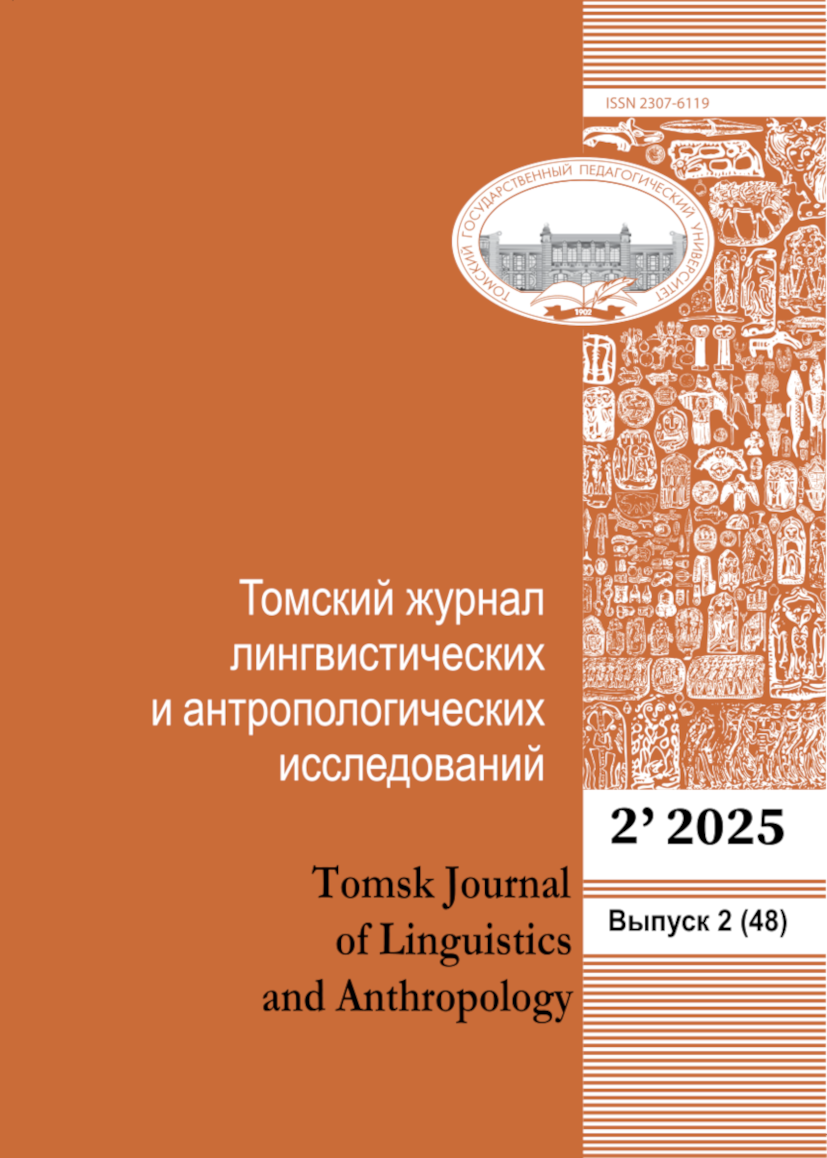The article provides a review of the scientific literature devoted to the problem of etymology of the past tense forms -chykh/-chyk/-yuk, as well as an attempt to differentiate them with other forms identified by some researchers with the analyzed forms. There are two main points of view that are polemizing with each other. Besides, the author proposes own hypothesis based on existing views. It, i.e. the author’s hypothesis, is based on the material of the Khakass language, collected by the method of continuous sampling of texts from fiction, journalistic, and folklore literature. Comparing the semantics and some functions of Mongolian form -zhee, Qırghız one -chu, Yakut -aachchy, Tungus-Manchu -cha, and Khakass form -chykh, it is concluded that they are not identical to the latter and, respectively, to the forms -chyk/-chykh/-yuk of the Khakass, Tuvan, Tofalar, and Old Uighur languages. Special attention is paid to the combinations of the analyzed form -chykh with other indicative past tense affixes -gan, -dy, -tyr, -chan, -galakh, -(p)chatkhan. It is revealed that in the Khakass language there is the analytical construction -gan polchykh, in this regard the assumption of the contraction of auxiliary verb er- ‘to be’ in form -ganchykh -gan + er-chykh is doubtful. Sampling shows that in the Khakass language, form -chykh is most often used in narration, and is rarely found in direct speech. It is interesting that in the first case narration is performed from the third person. Cases of the use of this form in the first, second persons have not been found. As our language material has shown, form -chykh in the Khakass language has the property of combining with different parts of speech and changing the position in the structure of a verbal word form, likewise particle okh/ -yok is written together with a word form. This illustrates the thesis that form -chykh is an affirmative particle, once often used when describing past events and which began to take personal affixes over time.
 9-21
9-21


 22-33
22-33


 34-46
34-46


 47-58
47-58


 59-66
59-66


 67-76
67-76


 77-89
77-89


 90-104
90-104


 105-117
105-117


 118-126
118-126


 127-148
127-148


 149-159
149-159


 160-172
160-172


 173-181
173-181


 182-186
182-186












